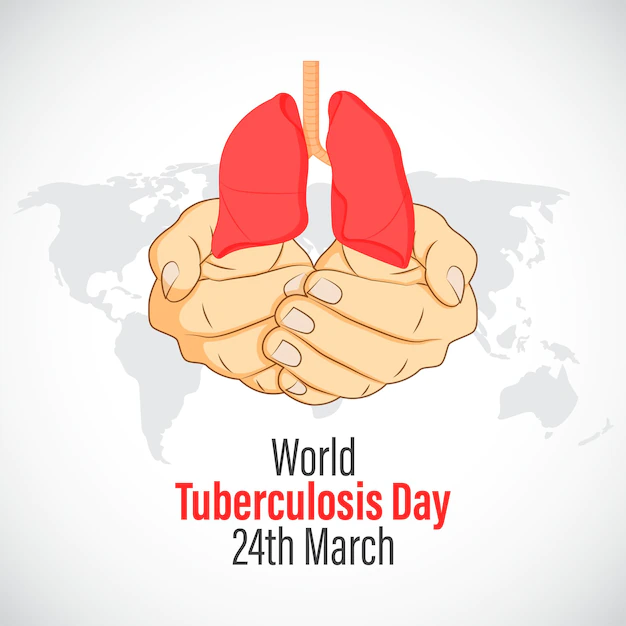More on MDR-TB and the Global Tuberculosis Report of 2014 – two more important questions.
“Recent Trends in MDR –TB: a new analysis”…
This was how the Global Report entitled one of its sections. The summary that followed claims that “globally the percentage of new TB cases that have MDR-TB … has not changed compared with recent years”. We’ve already registered our surprise at this - along with our opinion that this statement is not just dangerously optimistic, it’s illogical. But if there’s a “new analysis” then surely it must be based on new data or some sort of significant improvements in overall surveillance?
Maybe there is some, but there’s little or no evidence in the Report – even across all of the 27 countries that have been estimated for some years to have the highest burdens of MDR disease there’s still only 80% of the wider general global target level of laboratory drug susceptibility testing provision (so data must be assumed to be deficient in all of the countries that are assumed to be burdened - and they'll be even worse in other low-income countries) . In fact in three of the High Burden MDR-TB Countries this laboratory provision is quite appallingly less than 10% of the global target – in which case their data must be really deficient. And these percentages have barely changed in the last twelve months.
In trying to get a better feel for these deficiencies we’ve been pondering some of the illustrations that were published in the Report. Notwithstanding the poor laboratory provision, Figure B5.1.1 (which is the first one shown below) offers us an idea of the number of "national drug resistance surveillance country-year data points, 1994-2013", from which this ‘new analysis’ of lack-of-change was developed. It shows us very roughly how many data points were used from each individual country from which the overall trend in the new analysis was determined.
Countries shown in darker green (which will be seen are almost all high-income ones which have little in the way of any MDR problem) have the luxury of ten or more data points to their names. Countries in white, on the other hand, have none at all. Ones in pale orange have just one (and it has to be said that it must be pretty tricky to establish any viable trends or develop an analysis from a single data point…). And the countries with the lightest green have just two. Is it fair to suggest that for assessment as important as the one relating to the current risks of MDR-TB truly terrifyingly little data has been used - and most particularly so where the risks are highest?
What’s important to appreciate is that almost all of the countries in white either have an existing high estimated incidences of TB or massive populations (or both). The missing values for these epidemiologically important but ‘data-less’ countries were somehow estimated for the Report nevertheless – according to the Report by “using multiple imputation methods”. So we have to ask a first question:
- Honestly, how on earth can the WHO's statement that the percentage of MDR-TB "has not changed" be made with any sort of confidence?
We’ve been considering this question in the light of another illustration that was used in the Report (fig. 5.2) – one which shows where the higher percentages of drug-resistant TB are currently being assessed to occur. We’d ask you to look and consider for a moment where the white or paler countries occur in this second illustration.
We’d now ask you to consider one further illustration from the same Report (fig.2.5) – which reflects the current estimated general national burdens of tuberculosis (not MDR disease in this case, we should add, just TB) – the darker the shading, unsurprisingly, the greater the degree of disease burden.
You’ll immediately see that some of the darker colourings in this illustration occur in exactly those same areas (in Africa) where the lighter colouring was occurring in the two earlier ones.
Now here’s why that second illustration makes no sense to us. There’s a ‘given’ amongst TB buffs that a national TB epidemic is generally reflective of a deficient health infrastructure. This is not in any way a controversial viewpoint although we’d add that there are unquestionably a variety of other complex factors which can contribute. There’s a further ‘given’, however: that a poor health infrastructure is equally likely to result in poorly managed TB treatment programmes which in turn will (about fifteen years after the introduction of drug treatments) probably result in a local epidemic of MDR-TB.
If these interconnected 'givens' are in any way valid then the sorts of anomalies that are so evident (particularly between the second and third illustrations) shouldn't really exist – in fact the levels of shading should be much more generally coherent between them. The likely explanation, of course is staring at us from the first illustration: there's little or no data from which any real picture can be drawn, and there's too little laboratory provision to provide it anyway.
So our second question is this:
- Given these anomalous illustrations can the WHO really be seen to be taking the threat of MDR-TB in Africa anywhere near as seriously as it should be?
We're becoming less and less convinced that this is the case.













